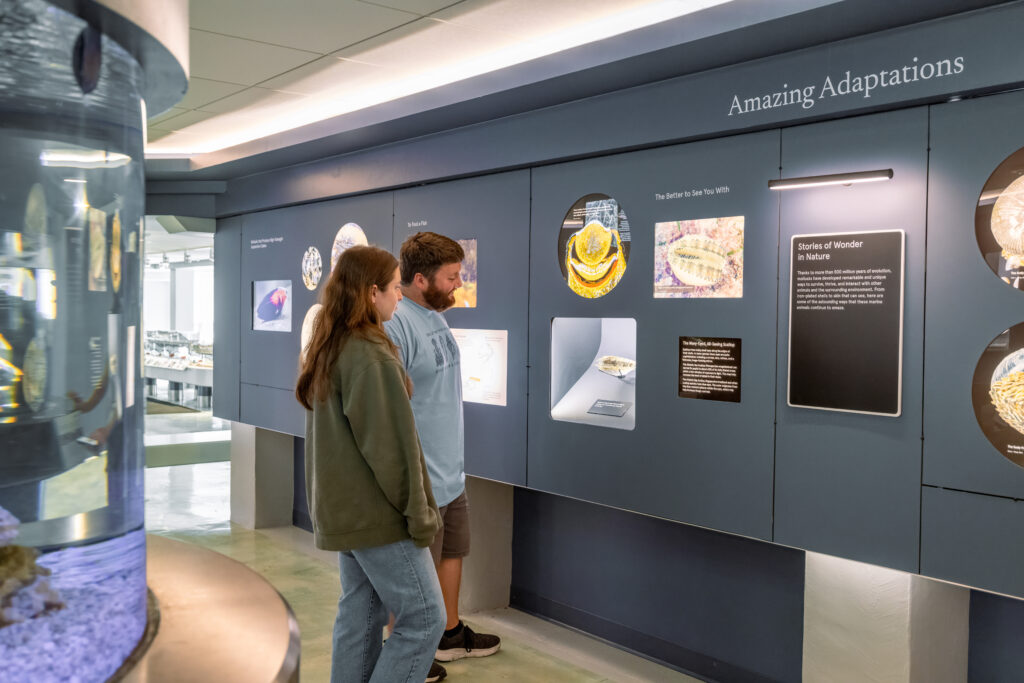Museum Story
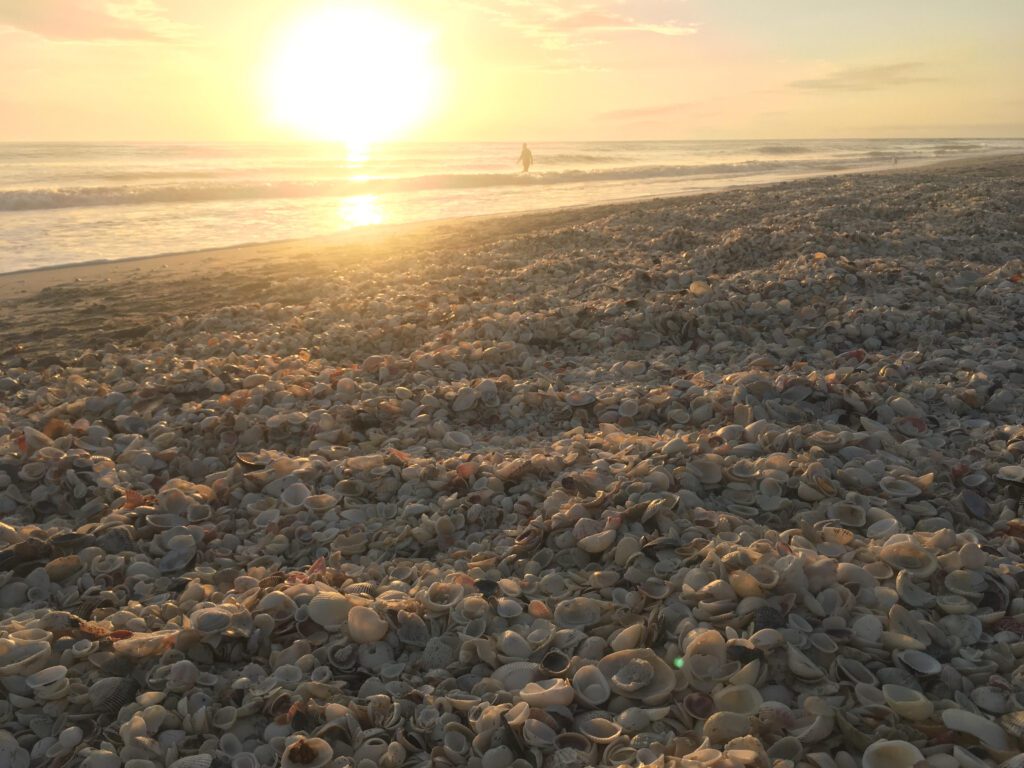
Sanibel Island is one of the top shelling destinations in the world. Thanks to an exceptionally broad continental shelf off the coast of Southwest Florida, the dynamics of local ocean currents, and the island’s atypical east-west orientation, Sanibel is a place where shells gather in abundance and where people have traveled to discover and collect them for well over 100 years.
In 1984, a bequest from local shell collector Charlene McMurphy provided seed funding for the concept of creating an educational museum about shells and mollusks on Sanibel. A consortium of other collectors (including members of the Sanibel-Captiva Shell Club), community members, and scientists responded, and in 1986 The Shell Museum and Research Foundation, Inc. became a 501(c)(3) non-profit organization with a goal to establish a new museum.
In 1987 the world-renowned malacologist and author Dr. R. Tucker Abbott was brought on as an advisor. He enlisted the help of his celebrity friend – and shell collector – actor Raymond Burr (of Perry Mason fame) to help generate publicity and funds for the effort, and in 1991 Dr. Abbott was appointed Founding Director of the museum-to-be.
In 1989, three local brothers, Francis, Samuel, and John Bailey, generously deeded eight acres of land on Sanibel Captiva Road to the Museum. The gift memorialized their parents, Frank P. Bailey and Annie Mead Matthews, whose names the Museum now bears.
Construction began in 1994, and the Bailey-Matthews Shell Museum opened to the public in 1995.
At right is William Hallstead, Raymond Burr, Tucker Abbott, and Robert Benevides at the Museum’s 1992 ground breaking.
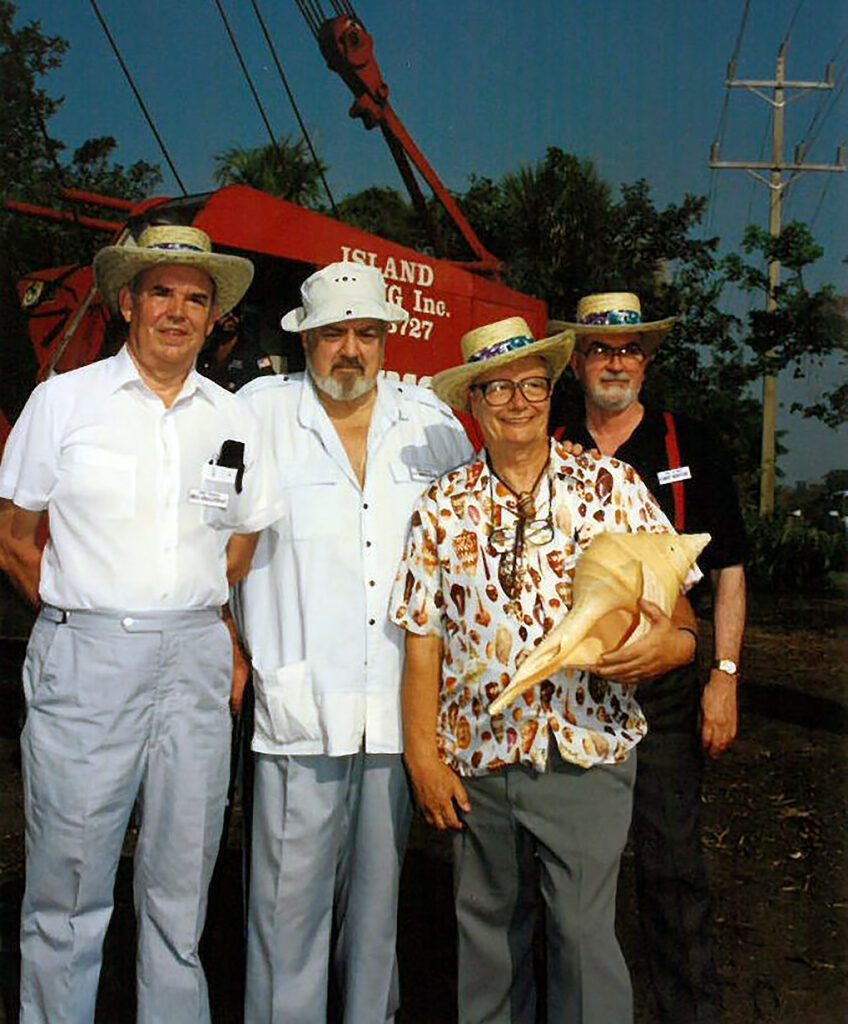
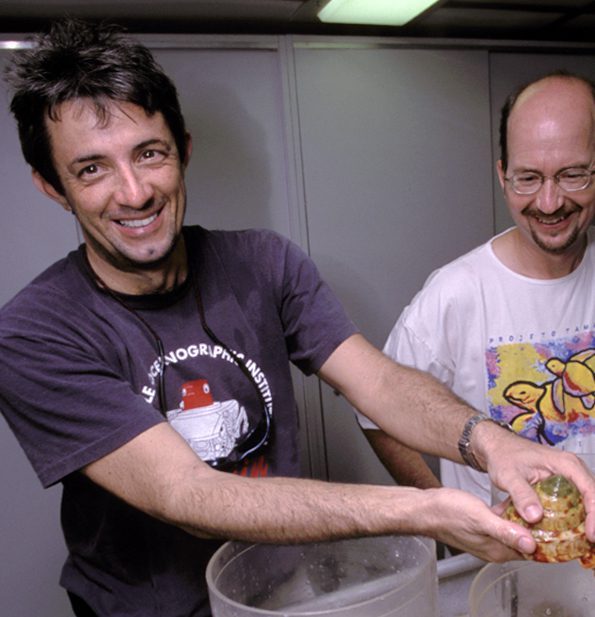
Following the passing of Dr. Abbott, Dr. José H. Leal (at far left) was hired in 1996 as Executive Director, a role he served in for 17 years. Dr. Leal, a malacologist with an international reputation for his expertise in the classification and identification of mollusks, initiated and developed a robust range of educational programs and introduced an era of major growth in the Museum’s scientific collection of mollusks.
Over the decades the scientific collection has grown to nearly 600,000 specimens. While the collection’s strength is mollusks of Florida, the Gulf, and the Caribbean, it includes examples from all corners of the earth and is an important resource for exhibition, public education, enjoyment, and scientific research.
Thanks to grants from the Institute of Museum and Library Services and the National Science Foundation, the entire collection is catalogued, digitized, and available online. In 2010 the Museum earned accreditation by the American Alliance of Museums (AAM), which represents the highest standards in the museum industry for public education, collections care, and museum management.
In 2013, Dorrie Hipschman joined the Museum as Executive Director (with Dr. Leal assuming the role of Science Director and Curator) and oversaw a period of growth in staff, programming, and exhibits at the Museum.
New outreach programs such as Mollusks on the Move, launched in 2017, brought the Museum’s mission and educational offerings to new populations of K-12 students throughout Southwest Florida and today serves over 15,000 children.
In 2019, work began on the most significant transformation of the Museum since the institution’s 1995 opening. A major renovation resulted in a welcoming new Museum entrance, a flexible space for temporary exhibitions and events, and – most consequentially – the Living Gallery of Aquariums and Marine Life. Exhibiting over 300 animals and 60 species of marine life, the new aquarium exhibits opened in 2020 and bring to life amazing mollusks from diverse marine habitats both local and global including octopuses, conchs, clams, cuttles, squids, cones, whelks, sea hares, and many more.
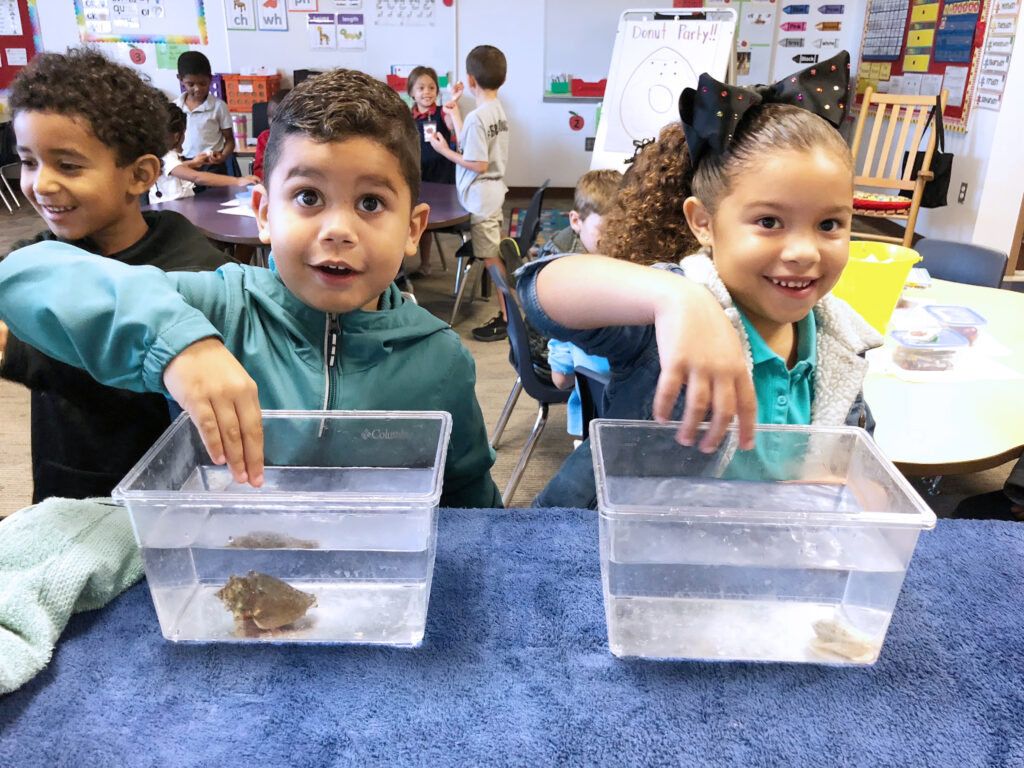
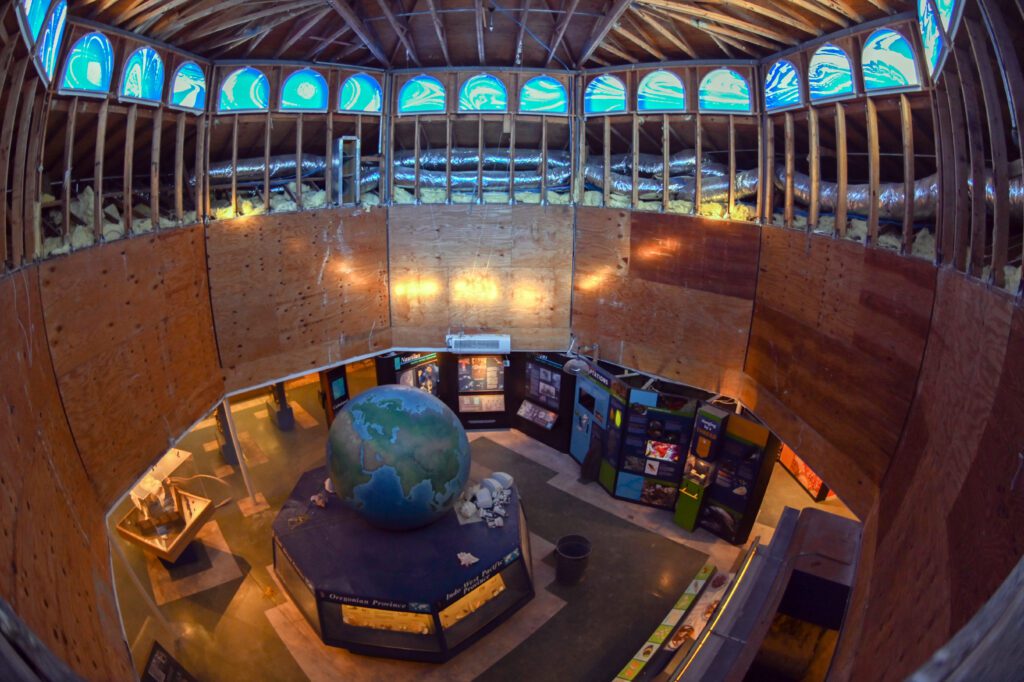
In 2021, Sam Ankerson joined as Executive Director with a focus on broadening programs, building audiences, and growing partnerships regionally and nationally to help grow and further the impact of the Museum and its mission. In August 2022, the Museum earned accreditation by the Association of Zoos and Aquariums (AZA), becoming one of only about a dozen institutions to be accredited by both AAM and AZA.
In September 2022, Category 4 Hurricane Ian struck Sanibel, causing catastrophic damage to the Museum including the destruction of the Living Gallery of Aquariums and major damage to the gallery housing the permanent exhibits of shells, known as the Great Hall of Shells. Thanks to an extraordinary outpouring of support from the Museum’s friends, partners, and constituents, and the resilience of the communities of Sanibel and Southwest Florida, the Museum rebuilt and reopened to the public in March 2024. As part of the rebuilding, the Museum updated, expanded, and improved its permanent exhibits in both the Living Gallery of Aquariums and the Great Hall of Shells.
Today, the Bailey-Matthews National Shell Museum & Aquarium continues to serve as a premier institution for the conservation, interpretation, and celebration of shells, mollusks, and their ecosystems.
